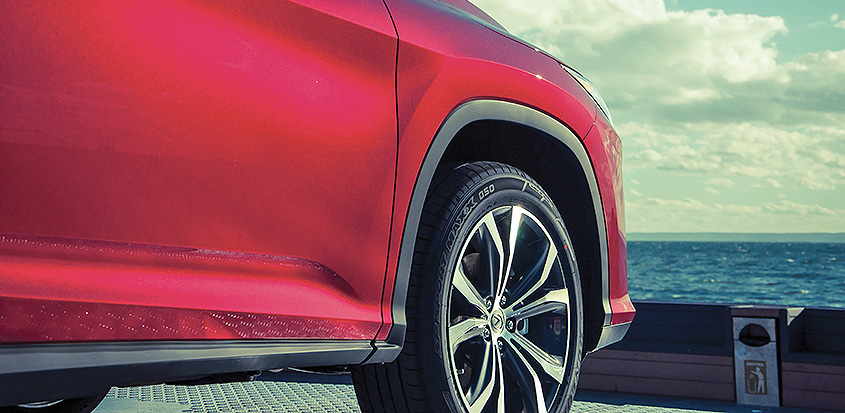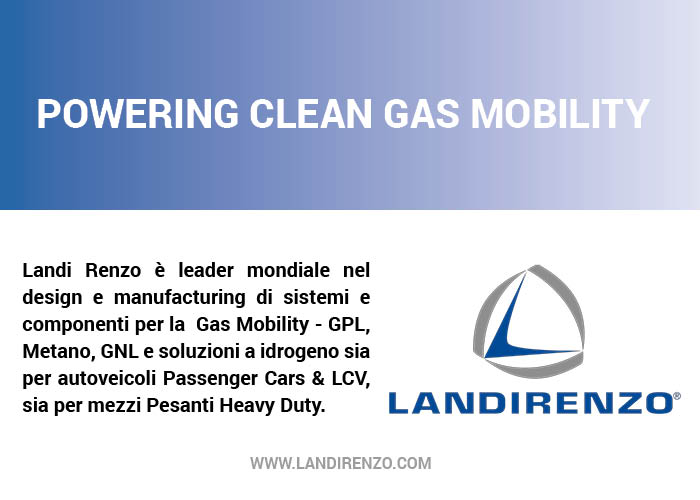The amendment in the Government intentions which should motivate the purchase of ecological cars through a bonus/malus mechanism when buying a new car (M1vehicles) has finally arrived to its final stages.
https://www.ecomobile.it/index.php/en/news/145-politica-en/2551-bonus-malus-who-gets-it-and-what-is-it-for#sigProIdb99d7e33be
The incentives are granted in consideration of the amount of CO2 emissions (grams/kilometers) produced by the new car and will be active in the period between March 1st, 2019 and Dec. 31st, 2021. To complete this amendment, enacting decrees must be added within 60 days of the approval of the financial law. Only two types of situations can benefit from this incentive (and only for M1 vehicles that have a list price lower than 50,000 euros, VAT excluded): the cars that produce from 0 to 20 grams of CO2 per km will receive a bonus of 6,000 euros and those that produce from 21 to 70 grams per km will receive a 2,500 euros bonus. In both cases the bonus is given for trading in a Euro 1 to Euro 4 car. If no car is turned in, the amount of the bonuses decrease respectively to 4,000 and 1,500 euros. At the other end of the argument, an ecotax has been implemented for those vehicles that produce more than 160 gr/km of CO2: from 161 to 175 grams, drivers will pay 1,100 euros; from 176 to 200 grams 2,000 euros and above 201 up to 250 grams 2,500 euros. The money destined to the incentives will be 60 million in 2019, 70 mil in 2020 and 70 mil in 2021. Fiscal detraction for those people who will install on their premises the electric recharging stations. Finally, 10 million are destined to incentives for electric or hybrid cyclo-moters (vehicles belonging to the L1e and L3e categories).
BLOG COMMENTS POWERED BY DISQUS





















